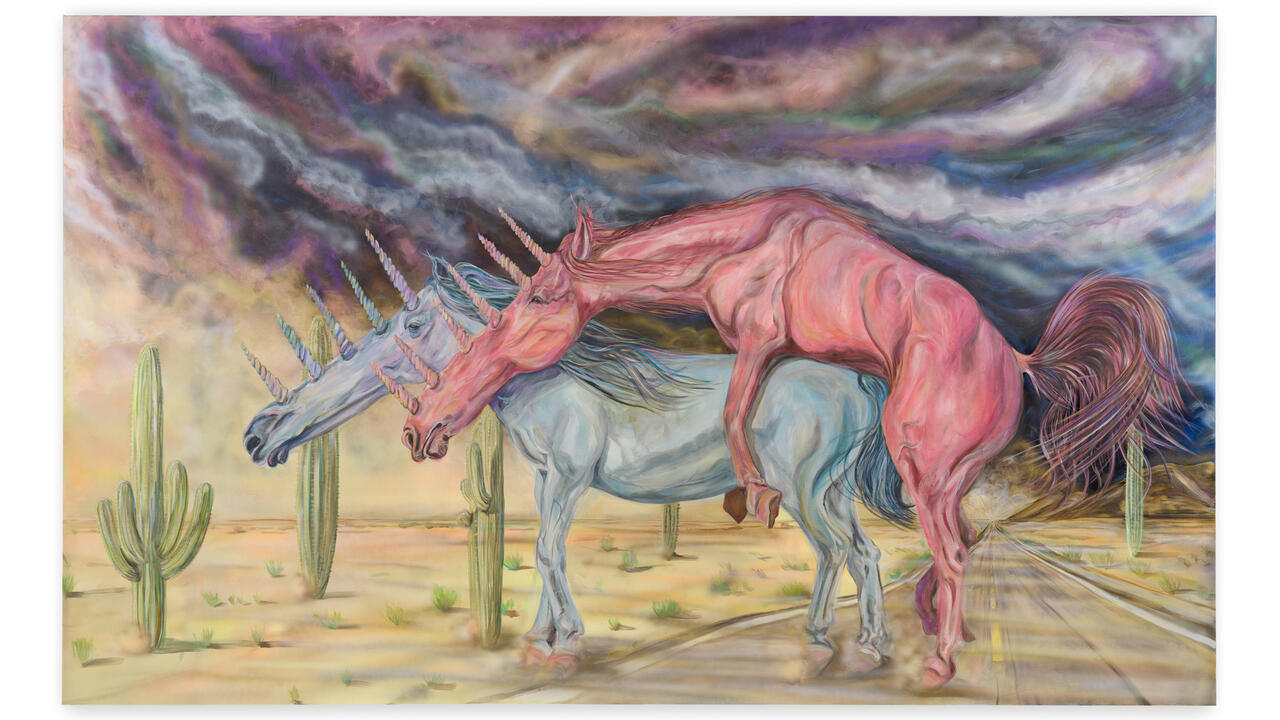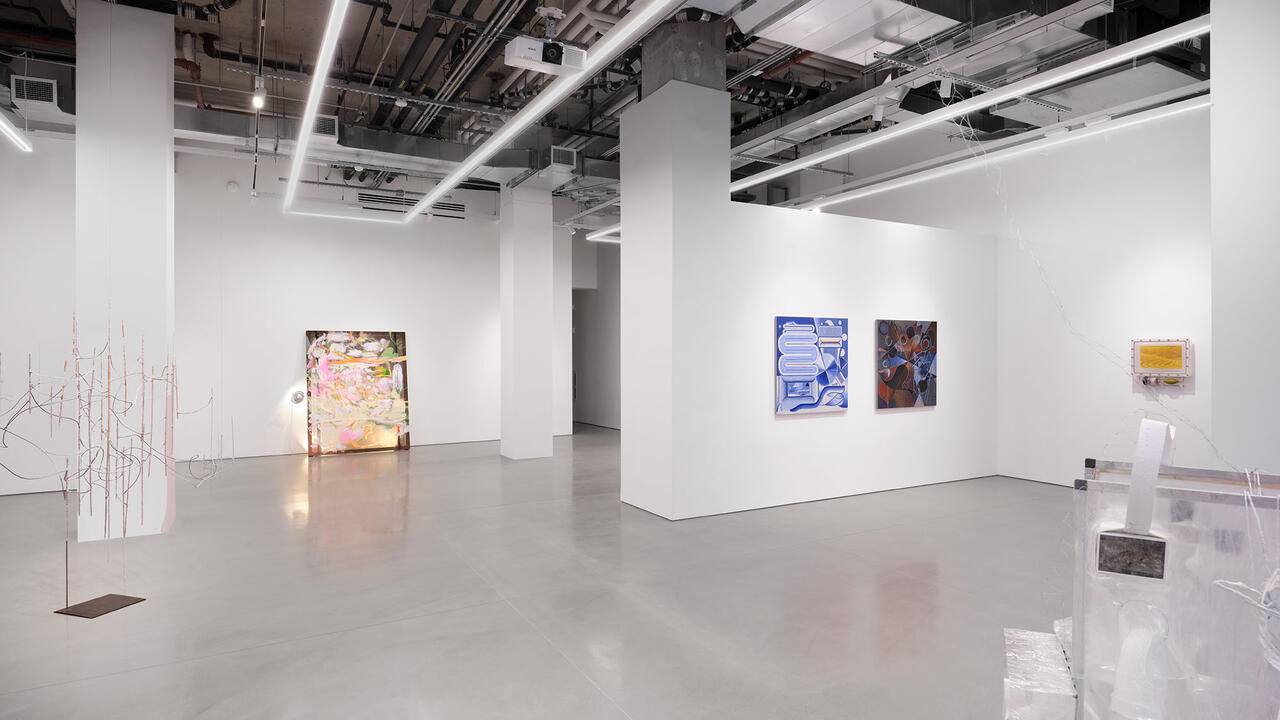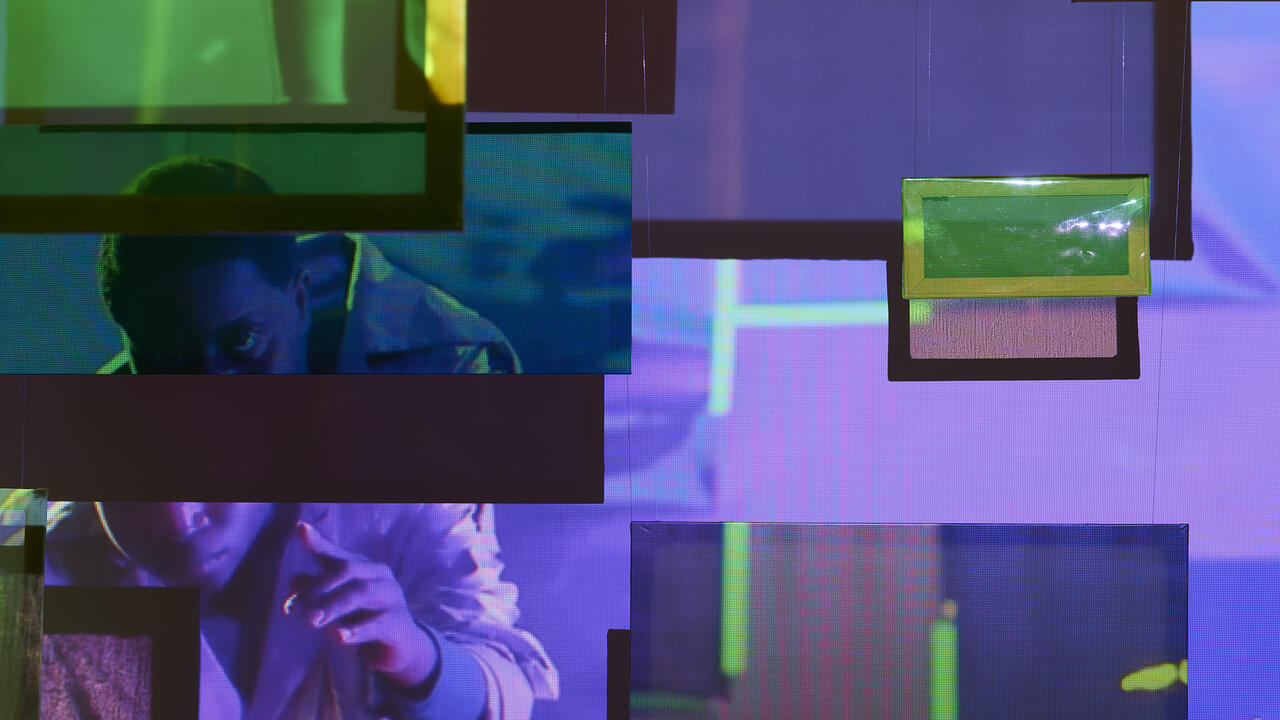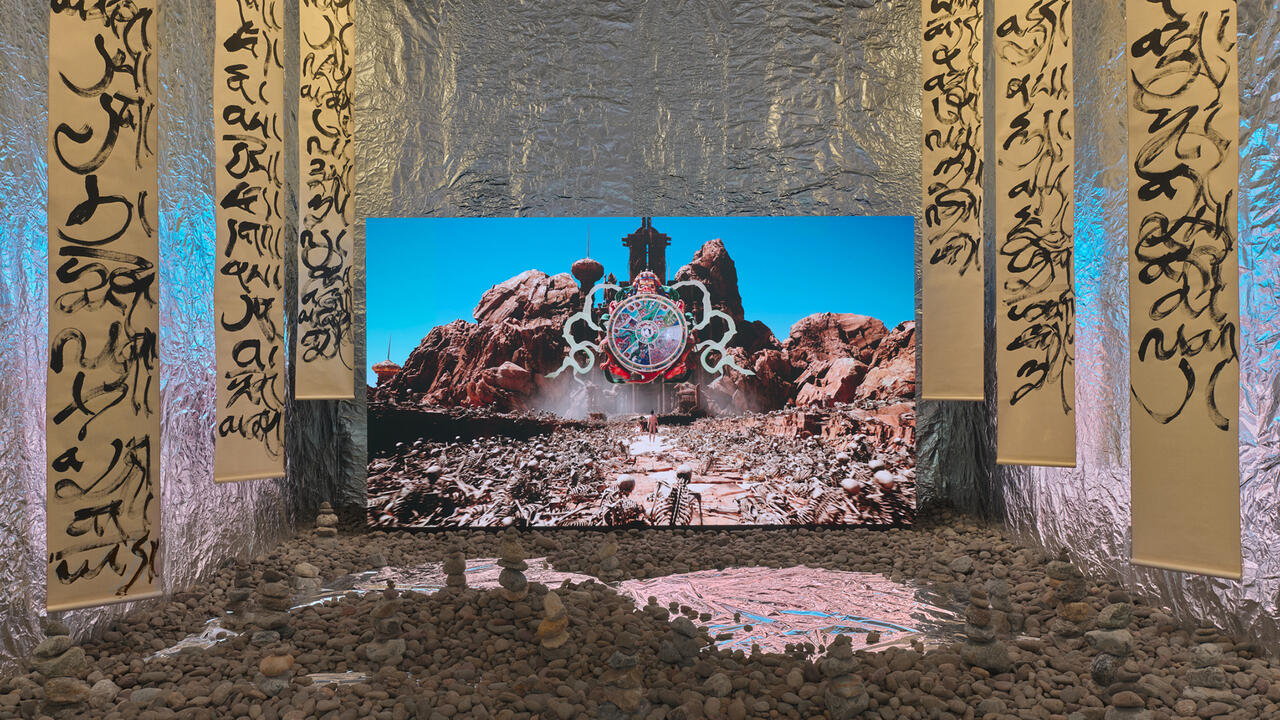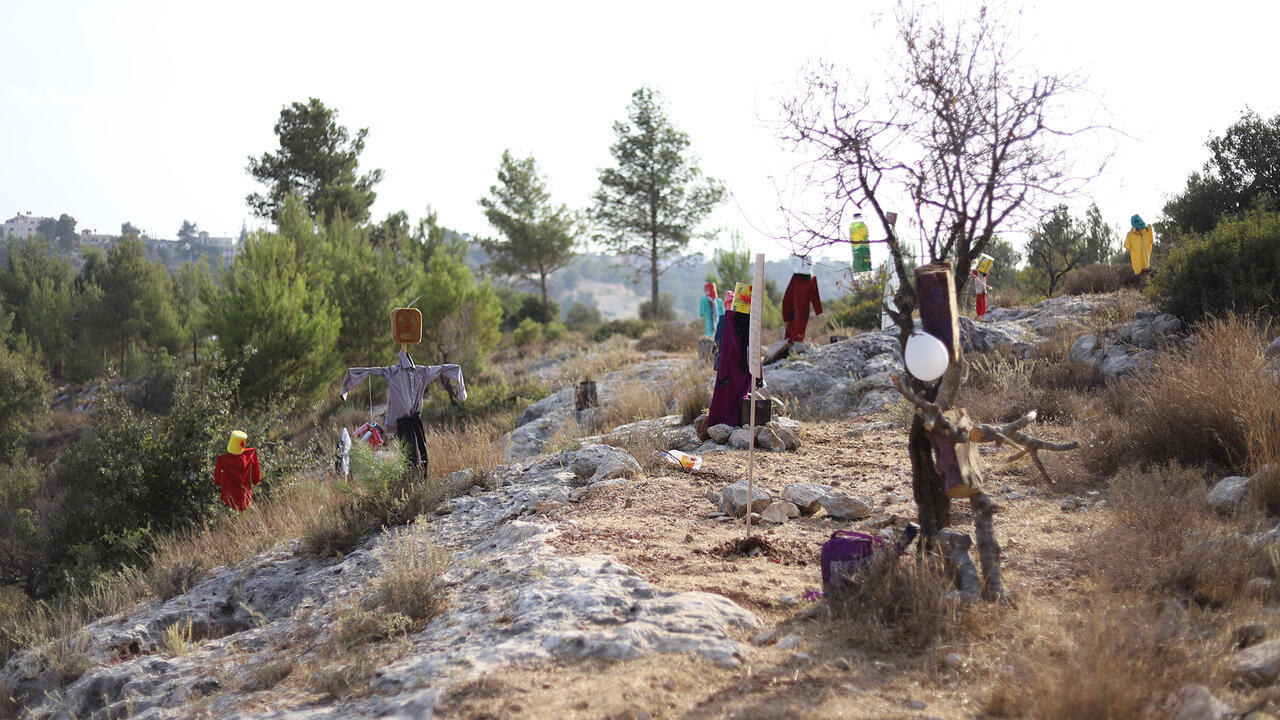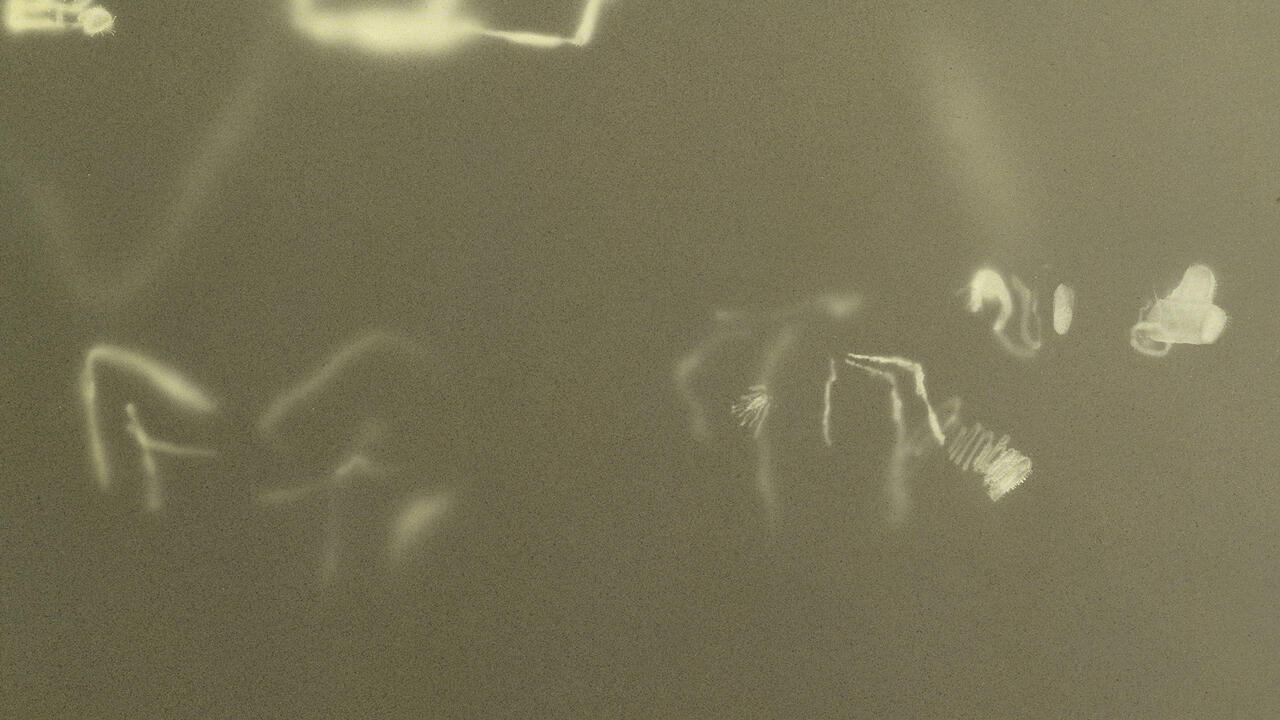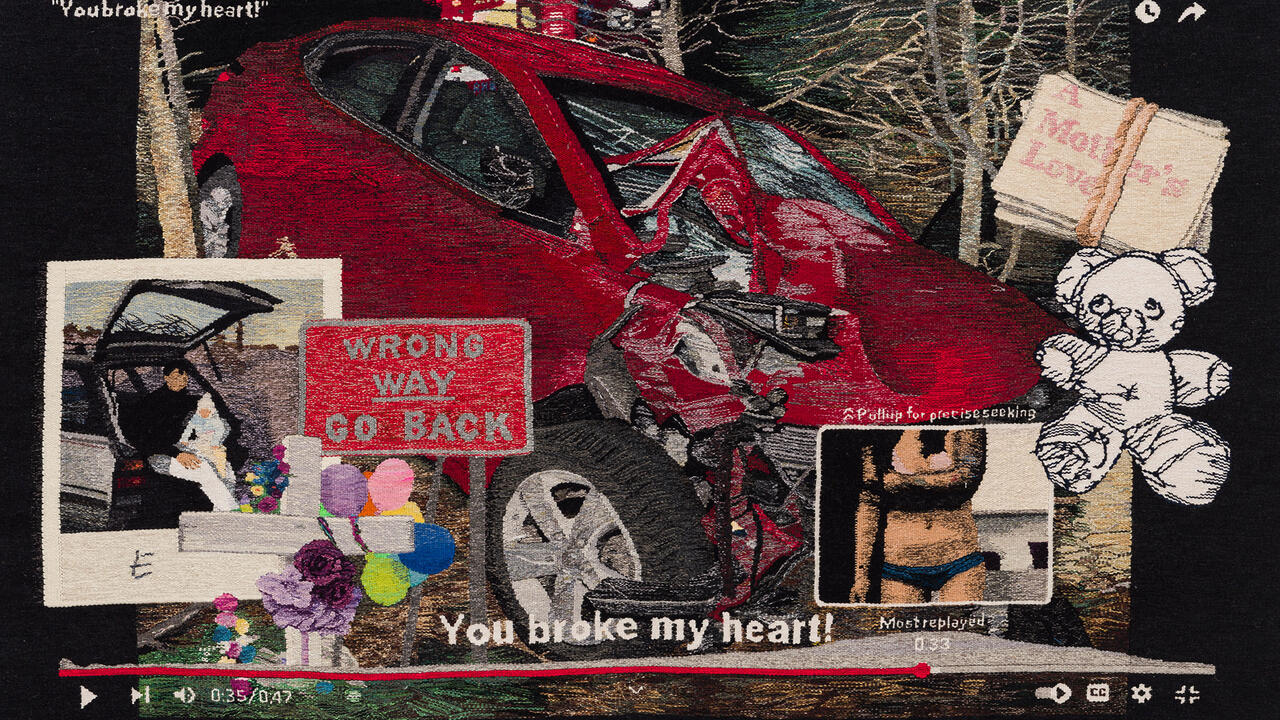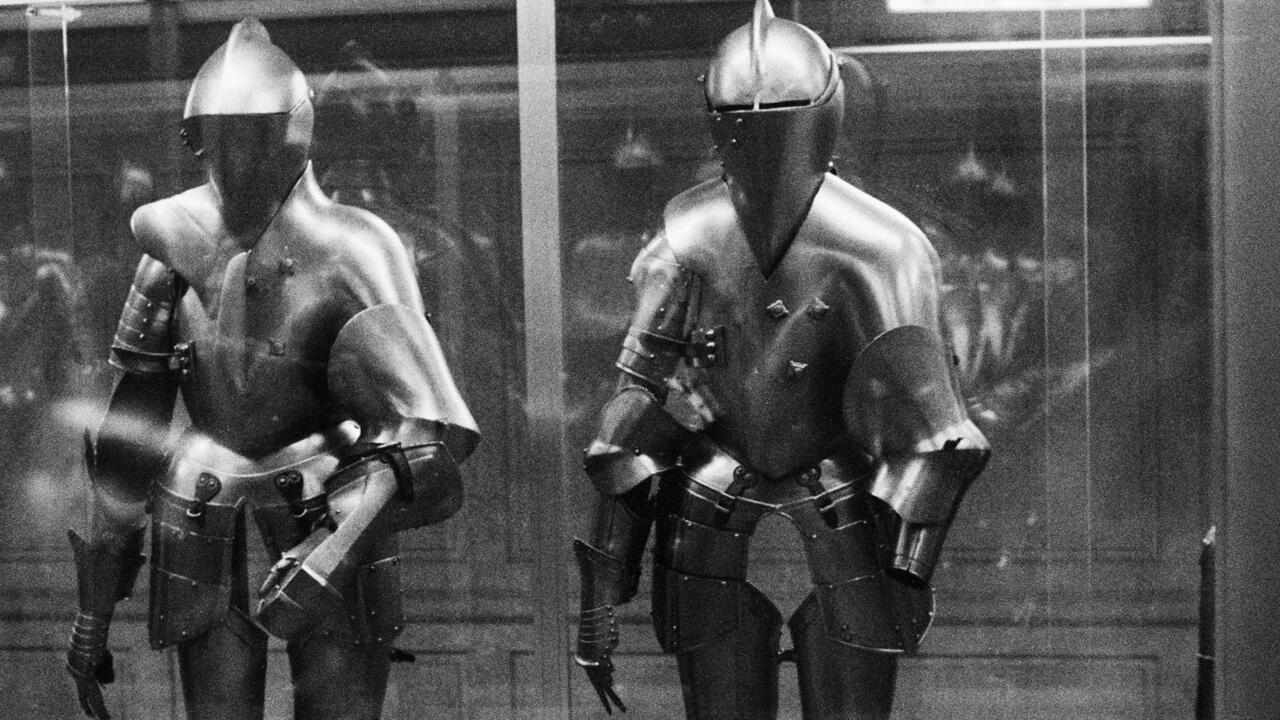Fifty Years of Photography: Stephen Shore’s Retrospective
Scenes of an America long gone – or perhaps which never was – at MoMA, New York
Scenes of an America long gone – or perhaps which never was – at MoMA, New York

The wall text that introduces Stephen Shore’s retrospective at the Museum of Modern Art, which features of 50 years of chronologically-arranged photography, states, puzzlingly, that Shore’s images ‘seem to achieve perfect neutrality, in both subject matter and approach.’ Isn’t neutrality, like ‘originality’, just another modernist myth? And isn’t neutrality, today, synonymous with complicity? What the show’s curators, Quentin Bajac and Kristen Gaylord, identify as ‘a long American tradition of elevating the simple and the commonplace’, has never been neutral. As Shore himself explains at length in his book The Nature of Photographs (1998), what separates a photograph from a scene in real life entails a series of conscious decisions. To simplify the clutter of the world through photography is to determine what has value and what does not.
The exhibition begins with Shore’s black and white, four by five images of 42nd Street in Manhattan and Andy Warhol’s factory circa 1963-64. The uneven cacophony evokes a precocious, confident teenager behind the lens traipsing through the city, finding his way through experimentation in form and content: a portrait of a woman in a rain hat and trench coat, standing in front of a store window with nervous, wringing hands is centered in the frame, so her stare seems to burn the exposure into the film. There are echoes of Robert Frank in images of American flags. Warhol, with his trademark hair and wayfarer sunglasses, appears on the street in another frame, halfway across this entry gallery, which segues into a series of photos shot in the dark interior of his infamous Factory.

After shooting these images, Shore took a year off to work with his father in investment banking. The following gallery showcases the images he produced upon his return to photography, series with deliberate, conceptual and fore-fronted parameters. For instance, July 22–23, 1969, a series of black and white photos shot in the course of that day, follow a friend, marking each hour between his bedtimes with one photograph; Shore noted the time in pencil underneath the image, and laid them out in a modernist grid. The dry, serial formats of the works from this period earned him an association with Conceptual photographers such as Bernd and Hilla Becher.
Arguably, the most interesting and dynamic part of the exhibition and by extension, Shore’s output, was a restaging of an exhibition he curated in 1971 titled All the Meat you Can Eat. It mixed images found by Shore with images he shot on an Instamatic camera: scenes of nature and fighter jets, pornography, true crime, the moon landing. From this mess of juxtapositions, I could sense a spirit of that anxious time: of the Cold War, the draft, and a hangover from the sexual revolution.
Shore’s style evolved as he incorporated color photography, including images of Amarillo, Texas that he shot and printed as commercial postcards. There are echoes of his early teenage street scenes a decade later in ‘American Surfaces’ (1972-3), which hang unframed in a grid that snakes around the wall. In ‘Uncommon Places’ (1972-82), Shore trades in his four by five camera for an eight by ten. As the works grew larger, they began to use only daylight to record quotidian landscapes and overlooked objects the artist encountered in his travels across the US. A photograph of a billboard of a mountain landscape, U.S. 97, South of Klamath Falls, Oregon, July 21, 1973, here hangs beside an image of a pancake stack on a diner table in Breakfast, Trail's End Restaurant, Kanab, Utah, August 10, 1973,, a recurring still-life setting throughout Shore’s career. At one moment we are standing in front of a photo of a store window in J.J. Summers Agency, 1st Street, Duluth, Minnesota, July 11, 1973, then suddenly, behind a row of cars parked in at the Badlands National Monument, South Dakota, July 14, 1973. In the world of these photographs, life is one long and peaceful summer road trip.

By contrast, in a commission for Fortune magazine, Shore produced a series of images to illustrate a 1977 article, ‘Hard Times Come to Steeltown.’ He captured recently fired workers in rural Pennsylvania posing on a stool at a local bar or chair at their kitchen table. The series stands out in the exhibition for its overt political content, and is accompanied by the artist’s commentary. ‘I found that, often, political stances oversimplified the complexities of the world’ Shore writes. ‘And I wanted to be able to address those complexities. I think the Steeltown work is more overtly dealing with immediate economic crisis, and, therefore, more overtly political. It's hard for me to separate the political from the cultural.’ In another room, which animates lessons from The Nature of Photographs, Shore uses works like Walker Evans’s 1936 image Mining Town, West Virginia to illustrate how photographers use flatness, framing, time and focus to construct an image. All of the works hung in the exhibition which illustrate his book have overt social subject matter, but Shore focuses exclusively on the formal elements, and how photographers, through patient and deliberate decisions, create relationships between the things in their images in that may not exist in reality.
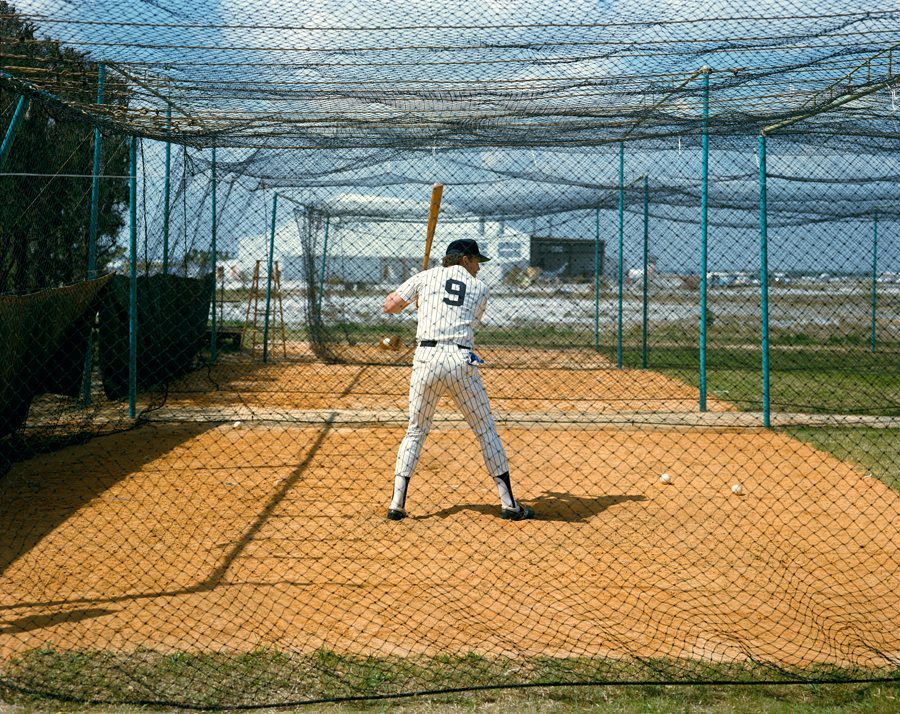
This lesson proved especially useful in the exhibition’s final gallery, past an array of iPads displaying images from Shore’s Instagram account and print-on-demand photobooks hung from the ceiling for browsing. There, a series of images from Shore’s search for his ‘roots’ through trips to Israel and the West Bank – including an interior room filled with photos of archaeological digs in the region – and to a dwindling Jewish community in the Ukraine, which survived the Holocaust and remained after the collapse of the Soviet Union. The curatorial decision to hang these series together illustrates a highly contentious link between the dispossession of European Jewry and the so-called historical ‘birthright’ to land in and out of the occupied territories, often argued using archaeological evidence – one that fails to acknowledge or account for the dispossession of any other group (namely the Palestinian Nakba).
For instance, one particular landscape hung in proximity to a series of portraits of the aging Eastern Europeans. Unlike many images in the exhibition, it had no explanation about its political content pasted next to it, only a title: Beitin, West Bank, January 13 (2010). Few visitors, regardless of their background, would know what it depicted. From its title, it seems that Shore visited both sides of a longstanding conflict. However, the few red roofs dotting the small grouping of buildings atop a hillside denote an Israeli settlement. Why did the curators not provide this information? The idea of ‘perfect neutrality of subject matter and form’ is not only unconvincing here, but insidious, casting a retrospective pallor over the whole of an exhibition that had seduced me – at least in part – through its formal innovation and placid, often quiet scenes of an America long gone, one that perhaps never was.
Main image: Stephen Shore, U.S. 97, South of Klamath Falls, Oregon, July 21, 1973, 1973, (detail), chromogenic color print, printed 2002, 45 x 56 cm. Courtesy: MoMA, New York and The Photography Council Fund










